The Fascinating World of Dicranella Palustris: A Remarkable Moss Species
Affiliate Disclaimer: As an affiliate, we may earn a small commission when you make a purchase from any of the links on this page at no additional cost to you!
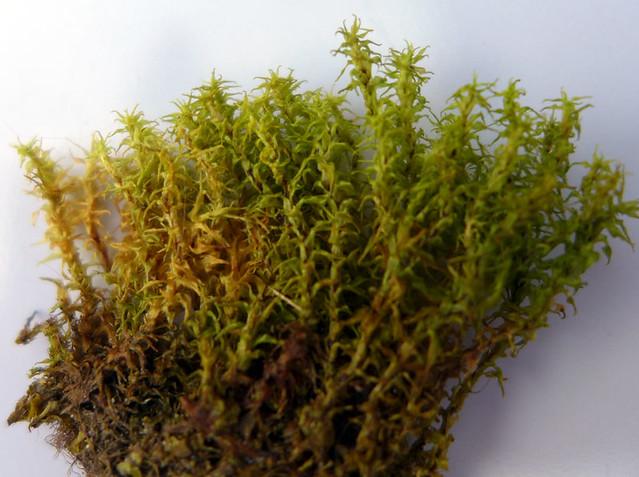
22459821789_4f452dcbe4_z.jpg from: https://www.flickr.com/photos/12639178@N07/22459821789/
Introduction
In the vast and captivating world of bryophytes, one unassuming yet remarkable moss species stands out – the Dicranella palustris (Dicks.) Crundw. ex E.F.Warb., commonly known as Dicranella. This diminutive plant, belonging to the Aongstroemiaceae family, may be small in stature, but its ecological significance and adaptations are truly awe-inspiring.
Background
Before delving into the intricacies of this fascinating moss, let’s set the stage with a brief overview of bryophytes. These non-vascular plants, which include mosses, liverworts, and hornworts, are often overlooked but play a crucial role in various ecosystems worldwide. They are among the oldest land plants on Earth, dating back over 400 million years, and have evolved remarkable strategies for survival and reproduction.
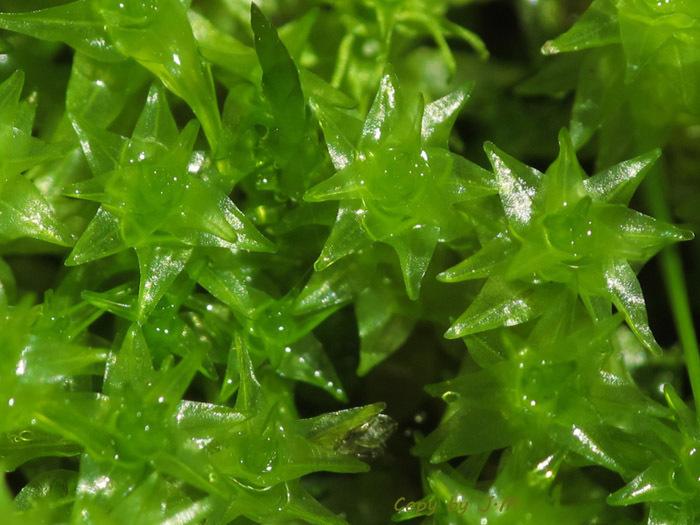
825580.jpg from: https://www.bio-forum.pl/messages/3280/825568.html
Main Content
Morphology and Identification
Dicranella palustris is a small, acrocarpous moss that forms dense, green to yellowish-green tufts or cushions. Its slender stems, typically reaching heights of 1-3 cm, are adorned with narrow, lanceolate leaves that are falcate-secund (curved to one side). The leaves are characterized by a distinct costa (midrib) that extends beyond the leaf apex, forming a short awn or hair-like projection.
One of the key identifying features of Dicranella palustris is its capsule, which is curved and asymmetrical, with a distinctive struma (swelling) at the base. This unique capsule shape, along with the falcate-secund leaves and the presence of a costa, makes this moss relatively easy to identify in the field.
Global Distribution and Habitat
Dicranella palustris is a cosmopolitan species, meaning it can be found on almost every continent, except Antarctica. It thrives in a wide range of habitats, from wetlands and bogs to damp soil in forests, grasslands, and even disturbed areas like ditches and roadsides.
This moss’s ability to colonize diverse environments is a testament to its remarkable adaptability and resilience. It can tolerate a wide range of moisture levels, from temporarily inundated areas to relatively dry conditions, making it a true survivor in the bryophyte world.
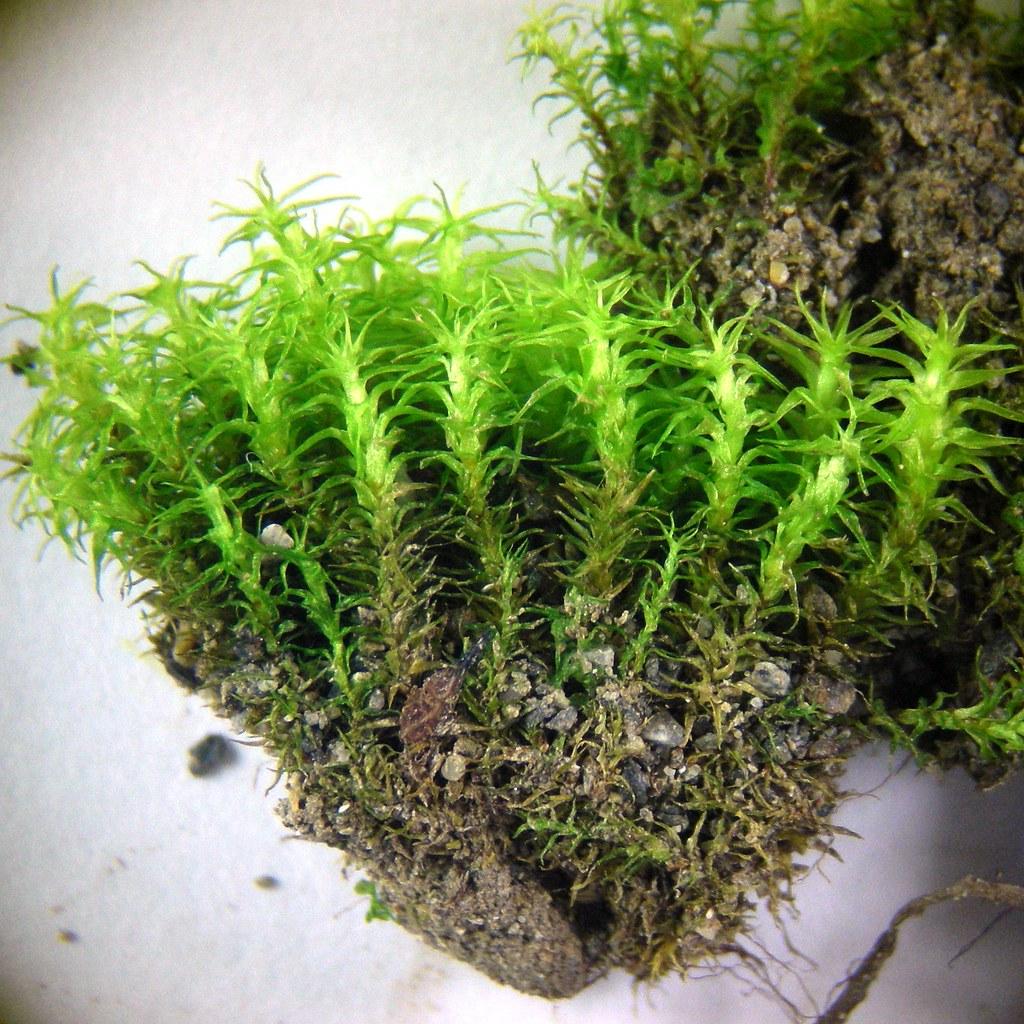
15137134915_6fbb5e239b_b.jpg from: https://www.flickr.com/photos/kochibii/15137134915/
Ecological Roles and Adaptations
Despite its diminutive size, Dicranella palustris plays a vital role in various ecosystems. As a pioneer species, it is often one of the first plants to colonize disturbed or bare areas, helping to stabilize the soil and pave the way for other plant species to establish themselves.
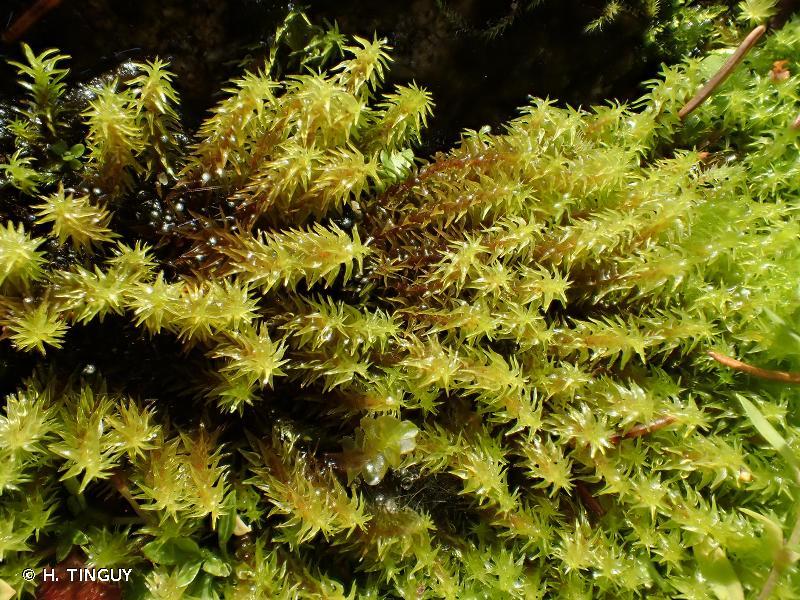
238056.jpg from: https://inpn.mnhn.fr/espece/cd_nom/435705
Moreover, this moss acts as a sponge, absorbing and retaining moisture, which helps to regulate water flow and prevent soil erosion. Its dense cushions also provide microhabitats for a diverse array of microscopic organisms, contributing to the overall biodiversity of the ecosystem.

medium.jpg from: https://www.inaturalist.org/taxa/67880-Dicranella
One of the remarkable adaptations of
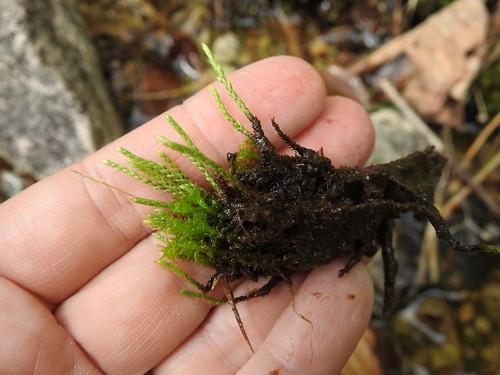
42145844311_a7a82b66f6.jpg from: https://www.flickr.com/photos/12639178@N07/42145844311/
Dicranella palustris is its ability to survive desiccation (drying out) and rapidly rehydrate when moisture becomes available. This trait, known as poikilohydry, allows the moss to enter a dormant state during dry periods and quickly revive when conditions improve, making it a true survivor in harsh environments.
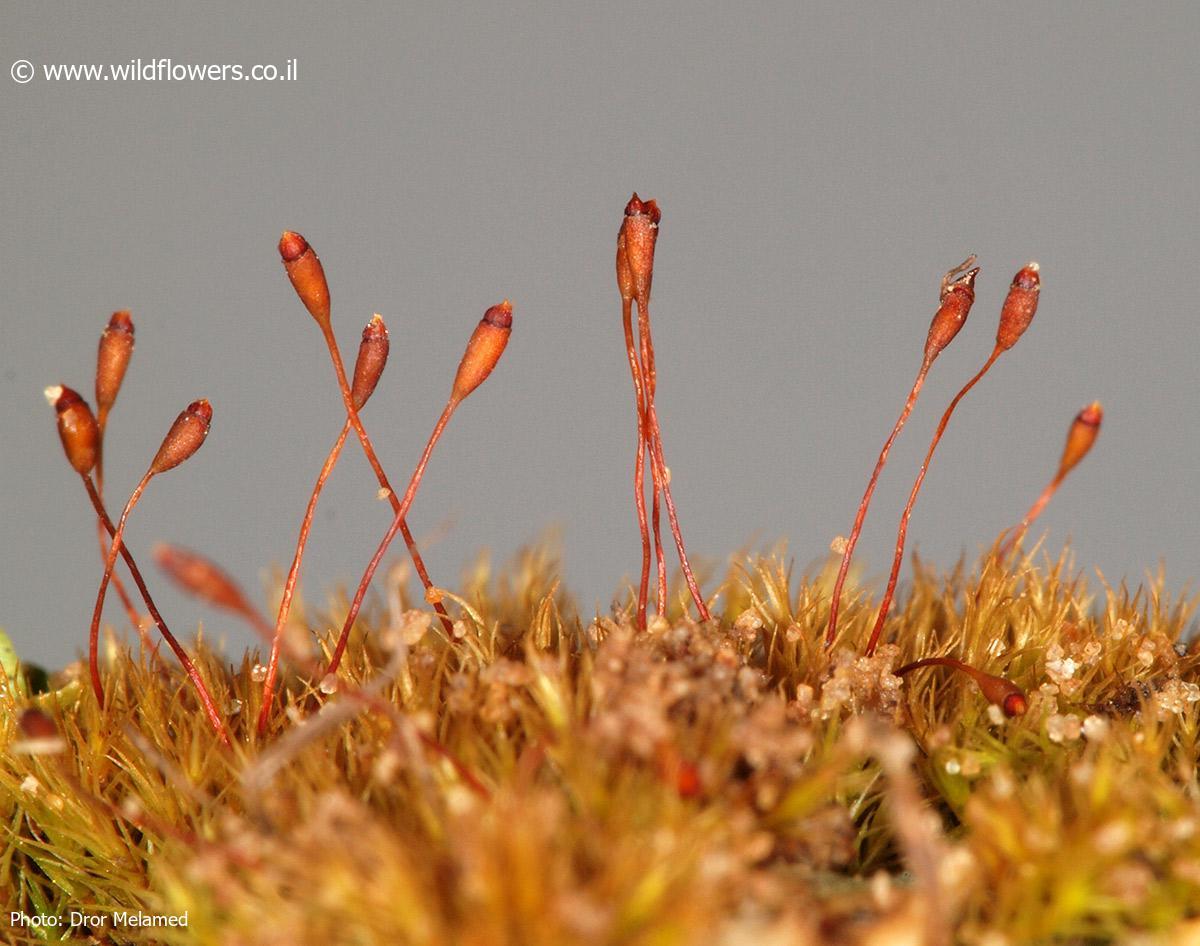
3293-l-1.jpg from: https://www.wildflowers.co.il/hebrew/picture.asp?ID=19595
Case Study: Dicranella palustris in Wetland Restoration
In a recent wetland restoration project in the Pacific Northwest,
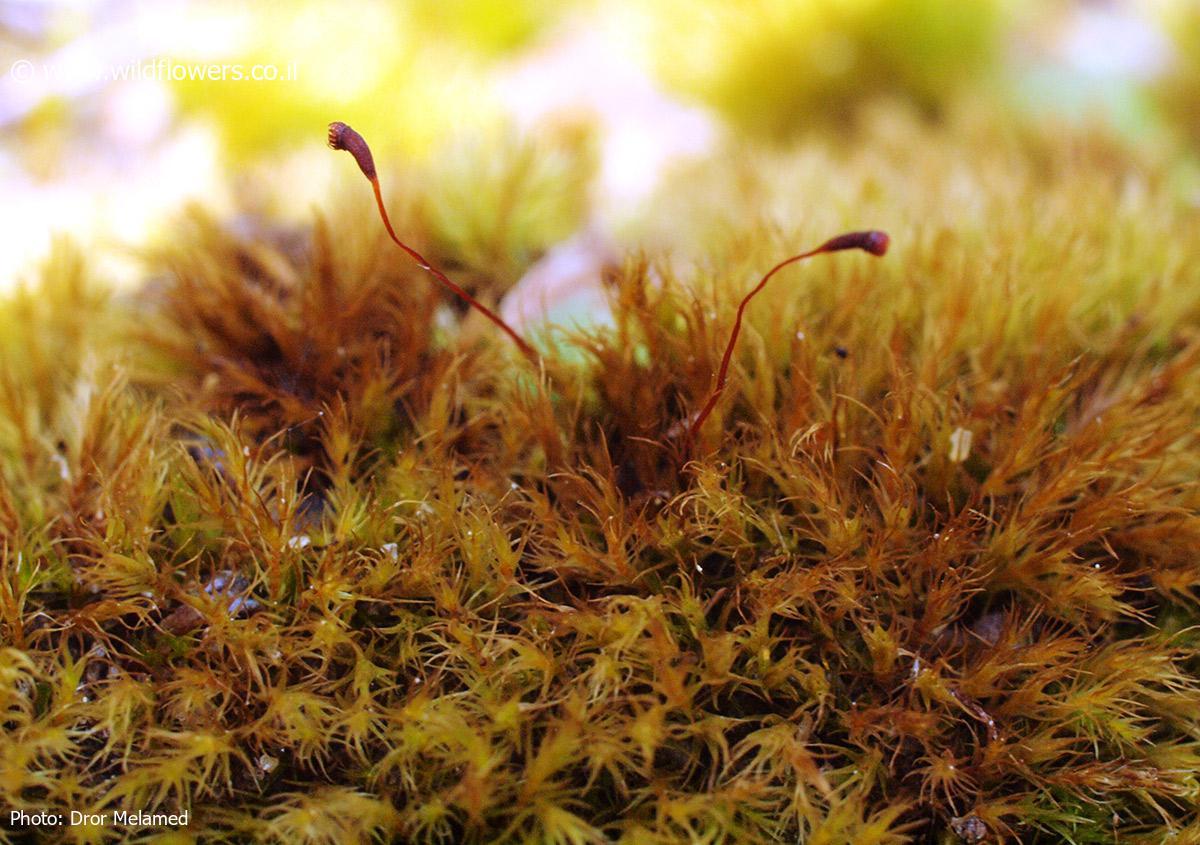
3293-l-6.jpg from: https://www.wildflowers.co.il/hebrew/picture.asp?ID=19600
Dicranella palustris played a crucial role in the early stages of ecosystem recovery. After the removal of invasive plant species and the restoration of natural hydrology, this resilient moss was among the first colonizers, quickly establishing dense mats that helped stabilize the soil and create favorable conditions for other wetland plants to take root.
The presence of Dicranella palustris not only contributed to the overall biodiversity of the restored wetland but also provided valuable microhabitats for various invertebrates and other organisms, kickstarting the recovery of the entire ecosystem.
Technical Table
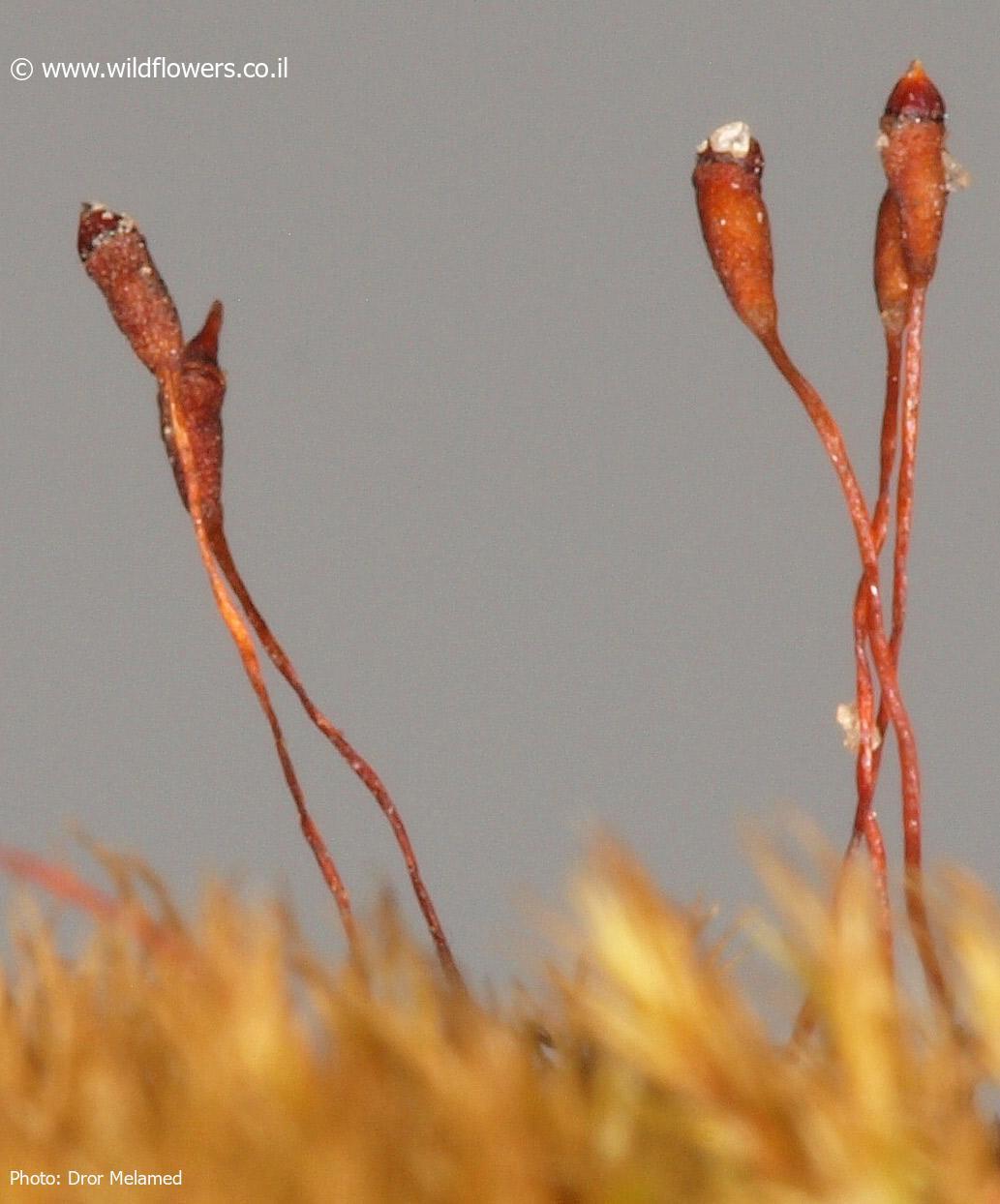
3293-l-2.jpg from: https://www.wildflowers.co.il/hebrew/picture.asp?ID=19596
| Characteristic | Description |
|---|---|
| Scientific Name | Dicranella palustris (Dicks.) Crundw. ex E.F.Warb. |
| Family | Aongstroemiaceae |
| Common Name | Dicranella |
| Growth Form | Acrocarpous moss |
| Height | 1-3 cm |
| Leaf Shape | Lanceolate, falcate-secund |
| Leaf Midrib | Costa extending beyond leaf apex as an awn |
| Capsule Shape | Curved, asymmetrical with a struma at the base |
| Habitat | Wetlands, bogs, damp soil, forests, grasslands, disturbed areas |
| Distribution | Cosmopolitan (found on most continents except Antarctica) |
| Adaptations | Poikilohydry (desiccation tolerance), rapid rehydration |
| Ecological Role | Pioneer species, soil stabilization, moisture regulation, microhabitat provision |
Conclusion
In the intricate tapestry of bryophyte diversity, Dicranella palustris stands as a testament to the resilience and adaptability of these often-overlooked plants. From its unique morphological features to its remarkable ability to colonize and thrive in diverse habitats, this unassuming moss reminds us of the incredible complexity and interconnectedness of nature.
393733.jpg from: https://inpn.mnhn.fr/espece/cd_nom/4452
As we continue to explore and appreciate the wonders of the natural world, perhaps we can take a moment to ponder the following question: What other hidden gems lie within the realm of bryophytes, waiting to be discovered and appreciated for their ecological significance and evolutionary marvels?
